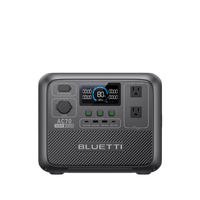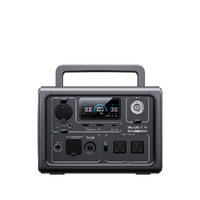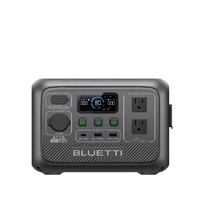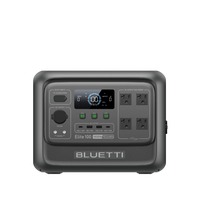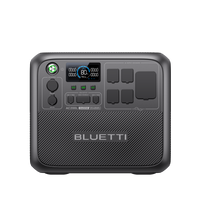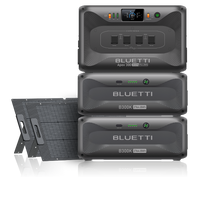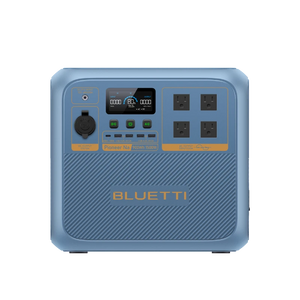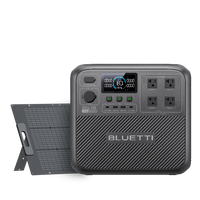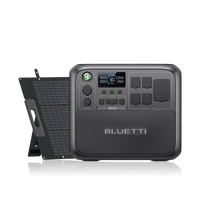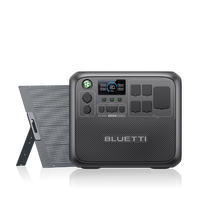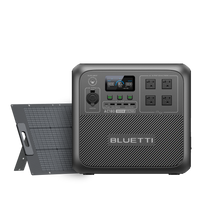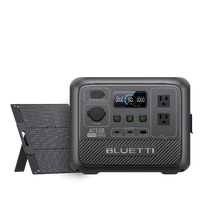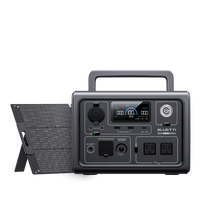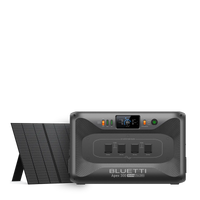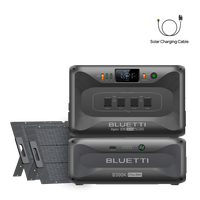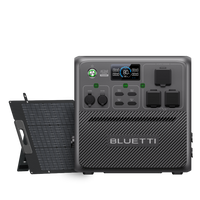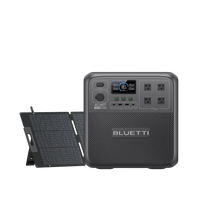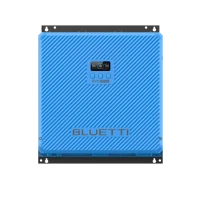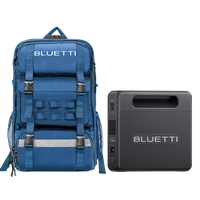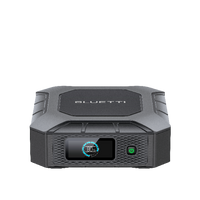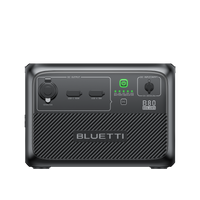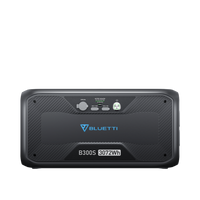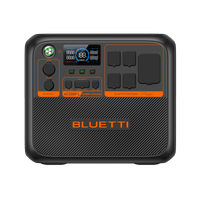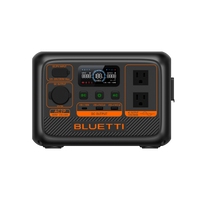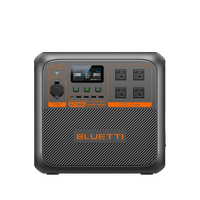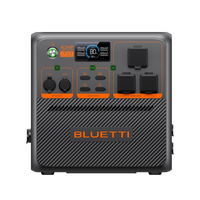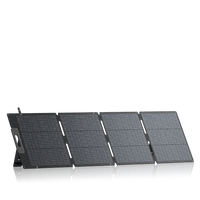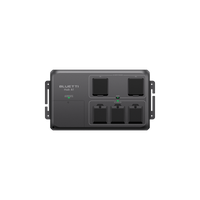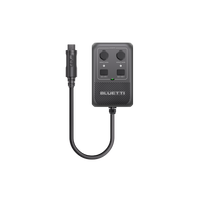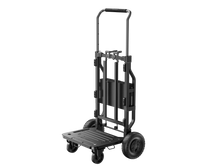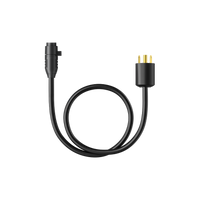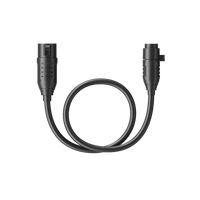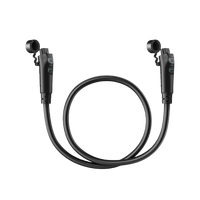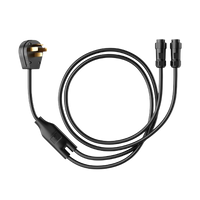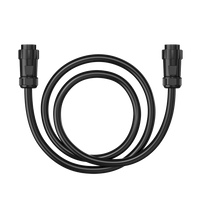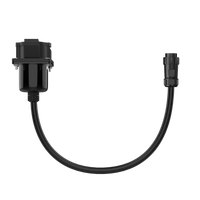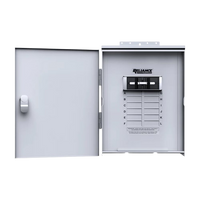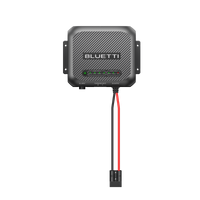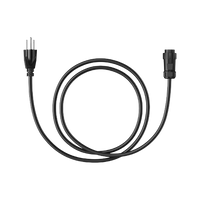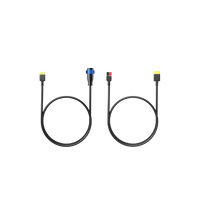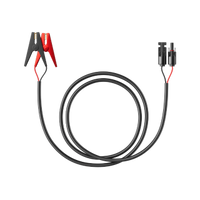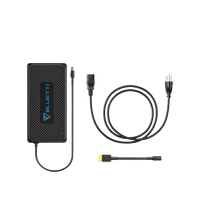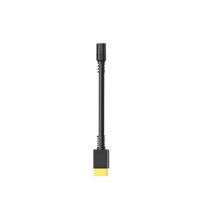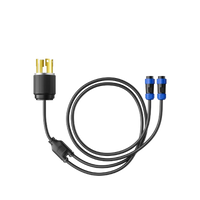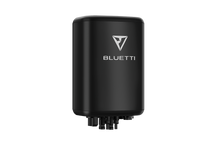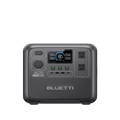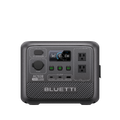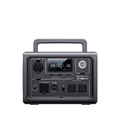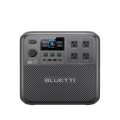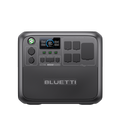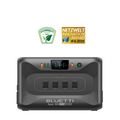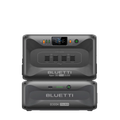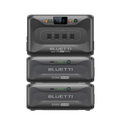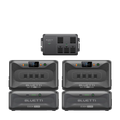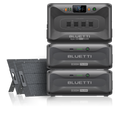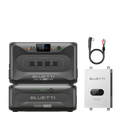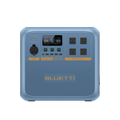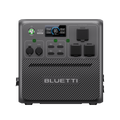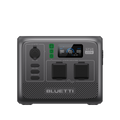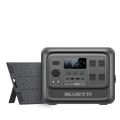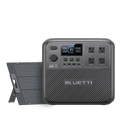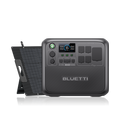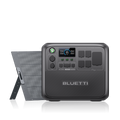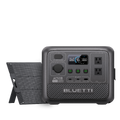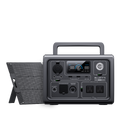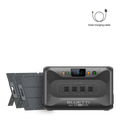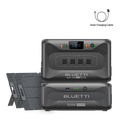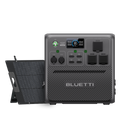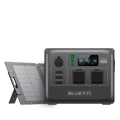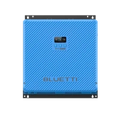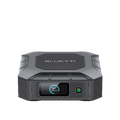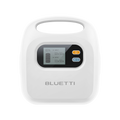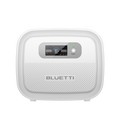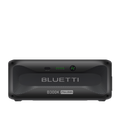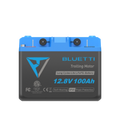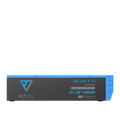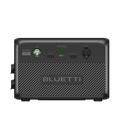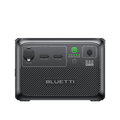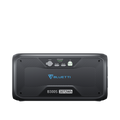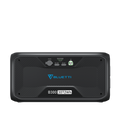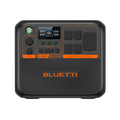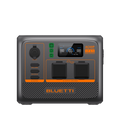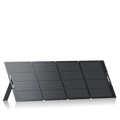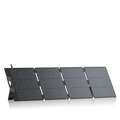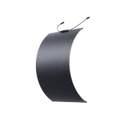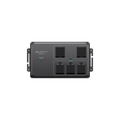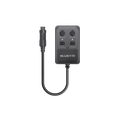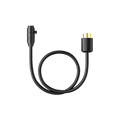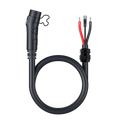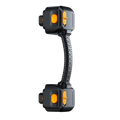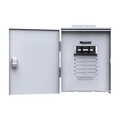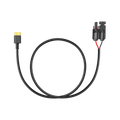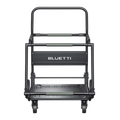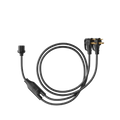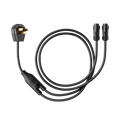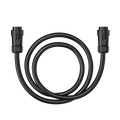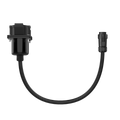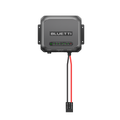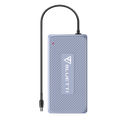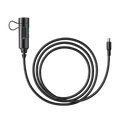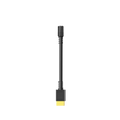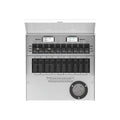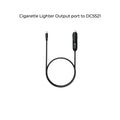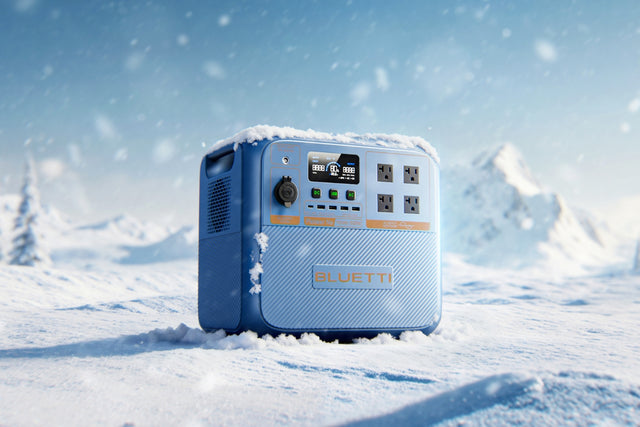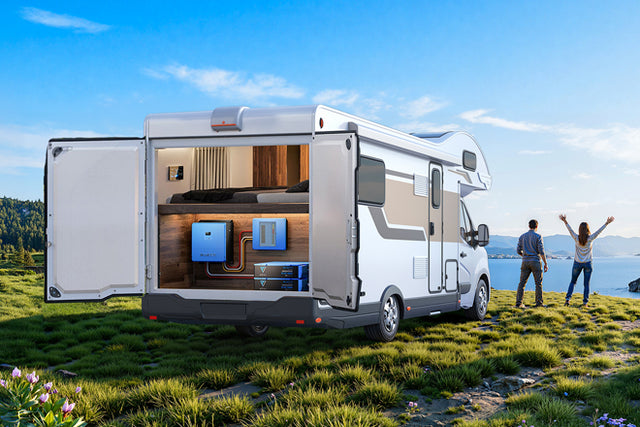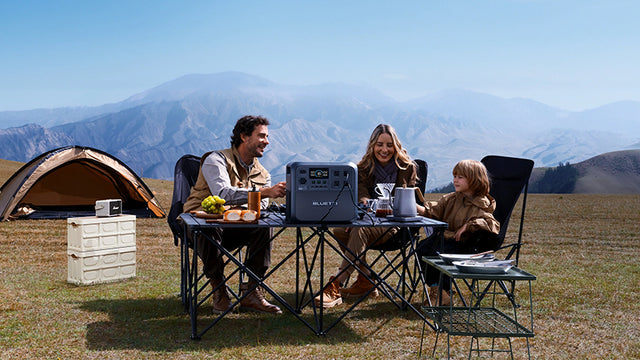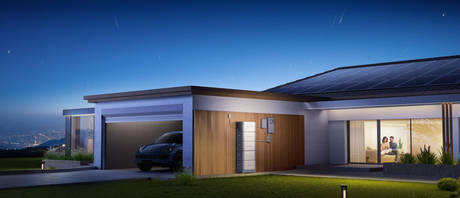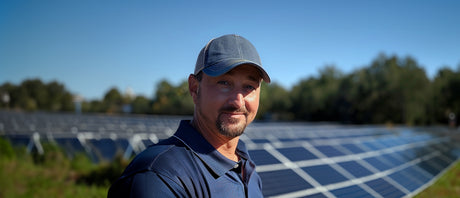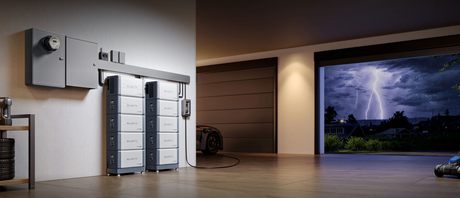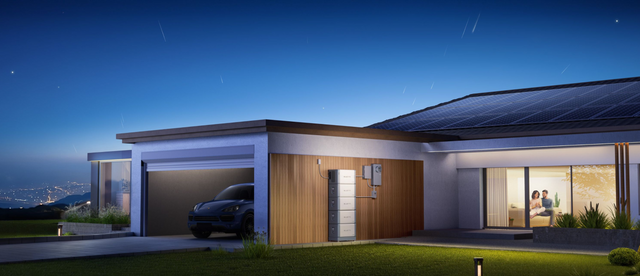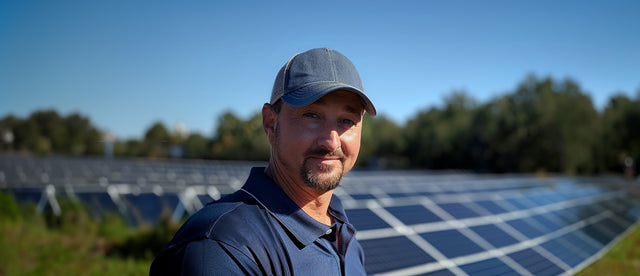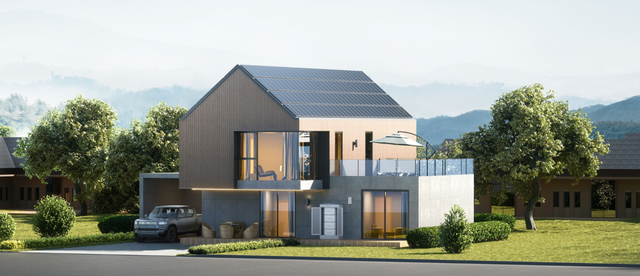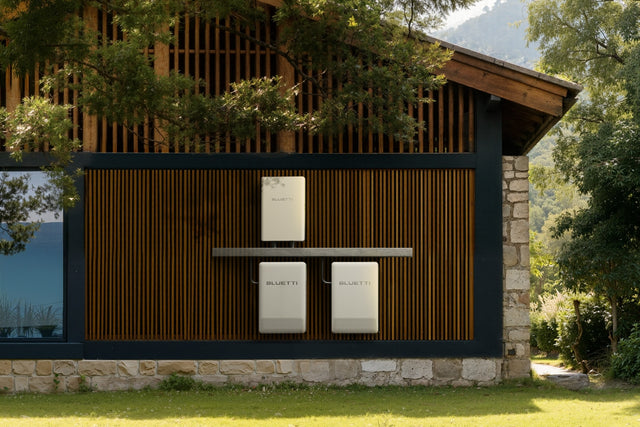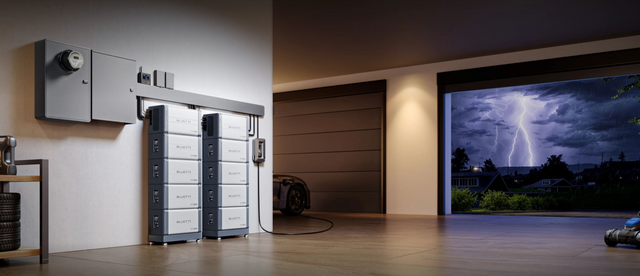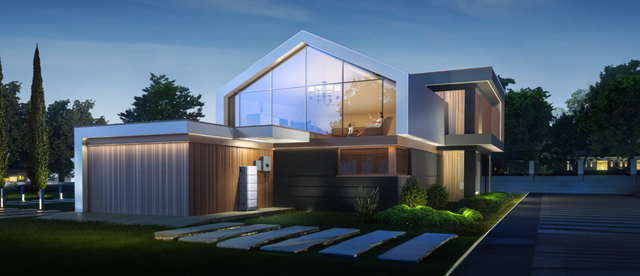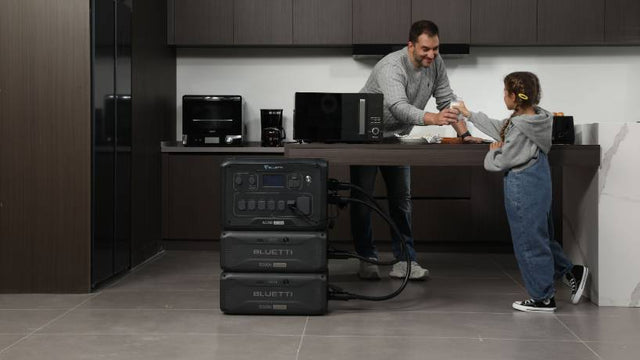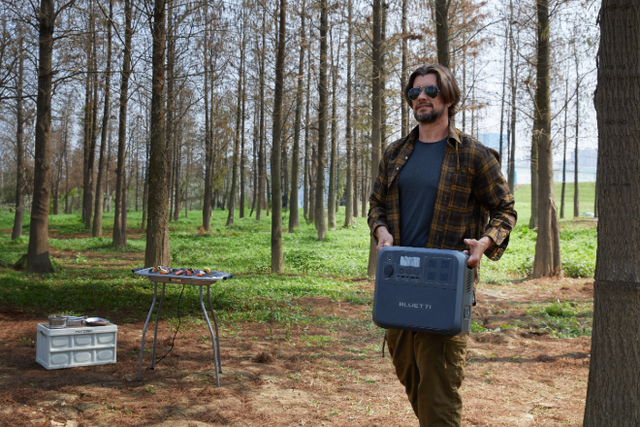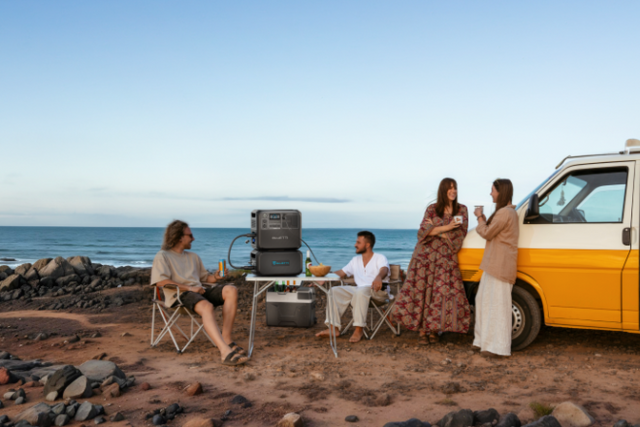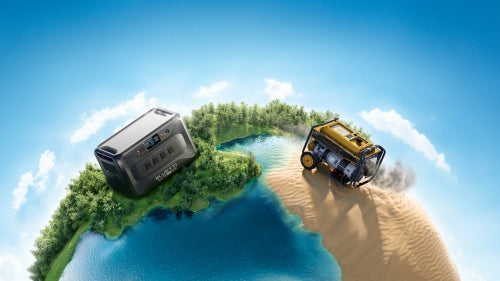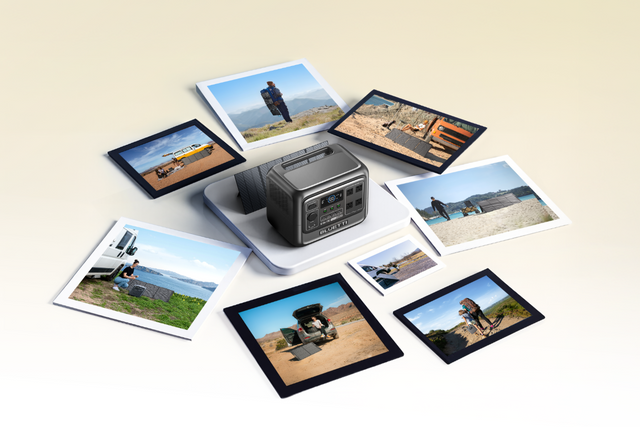Your cart is empty
Shop our productsIf you live in a humid climate, and even during times of the year when there is increased humidity and moisture, a dehumidifier proves to be an essential device to have at home.
It helps to control the amount of humidity indoors, preventing mold growth, damage to furniture, and ensuring a healthy living space.
But as is the case with all devices that run on electricity, it is important to know how much power dehumidifiers draw, not just to plan for your energy bills but also for when you are living off-grid and using a backup power solution like a portable power station.
So, if you've been wondering how much power a dehumidifier uses, then you've found the right post. We will delve into that and more.
Buckle up!
What Determines Dehumidifier Wattage?
Whenever you are using a dehumidifier, one of the most important numbers that you want to consider is the wattage. This refers to the amount of power that the dehumidifier consumes per hour.
So, a higher wattage dehumidifier will consume more power per hour of use than a lower wattage one. This will also affect how well the dehumidifier works with a portable power station, as well as the monthly energy costs.
Usually, the smaller dehumidifier models designed for smaller spaces, such as bedrooms or living rooms, will be in the 300–500 watts range, while the medium-sized ones will draw around 460-590 watts. Large models can draw 700 watts or more.

The size of the room, as well as the humidity conditions, will also determine how much power is drawn. A large room will require the larger dehumidifier, while a humid room will also require the dehumidifier to run for longer.
Some dehumidifiers will also come with certain features such as auto-humidistats, defrost controls, and drainage pumps, all of which will need additional power to run. The upside is that they improve the dehumidifiers' efficiency.
Compressor vs. Desiccant Dehumidifiers
It's also important to keep in mind the two main types of dehumidifiers - compressor and desiccant dehumidifiers.
Compressor dehumidifiers have a coil in which a refrigerant runs for condensing moisture. They work most efficiently in warm temperature areas and, depending on their size, will typically draw anywhere from 300 to 700 Watts.
Desiccant dehumidifiers, on the other hand, utilize a chemical drying agent that absorbs moisture. They are better suited for colder regions. That said, note that these use more power, ranging from 500 to 900 Watts.
You are more likely to find the compressor type of dehumidifier in homes, while desiccant dehumidifiers are ideal for unheated spaces or during winter, as these are capable of running consistently even when temperatures drop below 15 degrees Celsius.
Defrost Cycles and Power Use
To help them operate in colder climates, compressor dehumidifiers have defrost cycles. The function of these cycles is to prevent the buildup of ice on the coils.
These auto defrost cycles work by the dehumidifier shutting off, and a heater activates to help melt the ice. While these cycles are effective, they result in an increase in draw by 10-20%.
And since defrosting is likely to be frequent in colder climates, this will cause the compressor dehumidifier to consume more power than if it were working in a warm climate.
Average Wattage by Size
Simply put, dehumidifiers come in different models and sizes and, ultimately, different capacities. Capacity in pints/day indicates how much moisture the unit can remove; larger spaces with higher humidity require higher capacity.
The small units that are designed for smaller rooms, such as bedrooms and bathrooms, will be rated for 20-30 pints of moisture removal and will consume around 300-500 watts.
Then there are the medium-sized dehumidifiers rated for 30-50 pints of moisture removal and designed for larger spaces, which will draw about 500-700 watts. These are the most popular sizes of dehumidifiers.
The larger models designed for entire houses or for basements will draw a lot more power, in the range of 700-1000 watts. Their higher demand for power is compensated for by their capacity to draw high levels of moisture.
Most dehumidifiers draw 0.5-1 kWh per hour of use, with exact figures depending on the model and size of the unit.
And while it might not seem like they draw a lot of power, add this up for several hours a day, and you can see how the monthly energy costs can rise. Understanding dehumidifier wattage allows you to manage the running of the device more efficiently.
|
Dehumidifier Size |
Capacity (Pints/Day) |
Wattage Range |
Typical Hourly Draw (kWh) |
Best For |
|
Small |
20-30 |
300-500W |
0.3-0.5 |
Bedrooms, Bathrooms |
|
Medium |
30-50 |
500-700W |
0.5-0.7 |
Living Rooms, Basements |
|
Large |
50+ |
700-1000W |
0.7-1.0 |
Whole Homes |
Factors Affecting Power Use
One thing to keep in mind is that even if two dehumidifiers are the same size, it doesn't mean that they will end up consuming the same amount of power. There are several factors that will influence how much power your dehumidifier will draw.
Humidity Levels
This is the biggest factor and the reason why dehumidifiers exist in the first place. The higher the humidity levels, the more the device needs to run and the more power it will end up drawing.
Room Size

This is another important factor. A bedroom will require the dehumidifier to run and work far less than, say, a basement or an open living space. The bigger the area, the longer the dehumidifier needs to run, and therefore, the more wattage it will take.
Temperature
Yes, it plays a role as well. Some dehumidifiers feature refrigerant coils and are best suited for warmer conditions. These are less efficient in the colder regions. Here, they will work for longer to achieve the same results compared to warmer climates.
Operation
Of course, how you run your dehumidifier will also determine how much power it draws. If you run the unit continuously for a long time, it will end up consuming more power than if you run it intermittently.
Continuous vs. Intermittent Operation
If you run a dehumidifier continuously, it could end up drawing nearly twice the amount of power compared to if you were running it intermittently.
For instance, if you ran a 500-watt-rated dehumidifier for 24 hours straight, it may consume 12 kWh per day.
If the same dehumidifier were to run for 8 hours, it may only consume 4kWh.
Utilizing the built-in timer or humidistat can help prevent excessive power consumption.
Cost to Operate
So, the question now is, how much will running a dehumidifier cost you? Let's take an example of a medium-sized unit with a 500-watt rating using about 0.5 kWh an hour.
Assuming that the electricity rate is $0.15 per kWh, a 500-watt dehumidifier running 10 hours a day could cost around $275 per year.
With this in mind, it makes sense to get Energy Star-Certified dehumidifiers as these can use 10-20% less energy compared to the standard dehumidifier models. That number can look small, but it will go a long way towards bringing down your total energy costs.
Off-Grid and Backup Power
For someone who is living off-grid and relies on, say, a portable power station, then it makes sense to understand dehumidifier wattage and how it can fit in your home setting.
Generally, a dehumidifier will consume about 300-700 watts of power. On top of that, it will need even more power for a few seconds to start. This is called surge power, and it can be three times or more than the running power.
Having the right power station and inverter ensures that there is enough power not just to run the dehumidifier but also to start it.

For those living in coastal regions where there is high humidity, pairing the dehumidifier with a portable power station and an inverter makes sense. It allows you to run the unit during the day via solar power and switch to the portable power station at night to reduce dependency on the grid.
Tips for Efficiency
Dehumidifiers are considered moderate power consumers, often remaining in the 300-1000 watts range. They use up far less electricity than other household appliances, with things like ACs drawing about 3000-5000Watts.
That said, with a few smart moves, you can manage the power consumption and keep your bills low. To make the most of your dehumidifier, aim to maintain the humidity levels at 40-50%. You can do this by ensuring the unit is placed away from the walls and from moisture sources.
When getting yourself a dehumidifier, also consider models that come equipped with humidity sensors. These can automatically adjust operation as per the changing humidity levels, which ensures maximum efficiency and less wasted power.
Auto-shut off
When buying your dehumidifier, pick a unit that has an in-built humidistat and auto shut-down feature. This will allow the device to turn off automatically when the target humidity levels are reached, thus preventing unnecessary power consumption.
Service
Secondly, perform regular servicing of the filters and coils. This could mean something as simple as cleaning them, as a lot of dust can cause the dehumidifier to overwork, resulting in higher power consumption.
Managing the Space
Close the windows and the doors during certain hours to ensure the humidity doesn't get in. It stops the dehumidifier from working for longer and helps keep your energy costs down.
Choose the Time

If you run the dehumidifier throughout the year, even during times of low humidity, you will be wasting a lot of power. Instead, choose to run the device during seasons of high humidity only.
Energy Star-Certified
An Energy Star-Certified dehumidifier will consume 10-20% less energy than a standard unit, which can help bring down the energy costs in the long run by a significant amount.
Stay Charged: Recommended Portable Backup
Elite 100 V2 Portable Power Station

There are a couple of reasons why you might want to choose the BLUETTI Elite 100 V2 for running your small dehumidifier. First off is the capacity. The Elite 100 V2 features a 1,024Wh battery with a continuous 1800W of AC output.
Not only that, but the Elite 100 V2 is solar compatible, allowing for a 1000W solar input. And let's not forget how compact it is, only 25 lbs.
Considering that a lot of the small-sized dehumidifiers draw 300-500 W of power, the BLUETTI Elite 100 V2 is great for running the dehumidifier for about 2 hours.
There is also room for a startup charge, meaning that the Elite 100 V2 doesn't overload. And because it is so compact, it is great for off-grid situations and camping.
Apex 300 Home Battery Backup System

If you have a larger dehumidifier for large rooms or even the entire house, you will need a larger capacity portable power station. This is where the BLUETTI Apex 300 comes in.
It features a large 2,764Wh battery with a 3840W of output, allowing you to easily power a large dehumidifier that draws 700-1000W of power.
And with its modular design, you can scale up the battery capacity and achieve longer running hours. Not to mention running other power-hungry devices simultaneously.
Conclusion
A dehumidifier will put a dent in your energy bill, but it is considered a moderate power consumer compared to other home devices, such as air conditioners. And while you might notice a rise in your energy costs, managed correctly, dehumidifiers can be a great addition to your home, especially if you live in a humid environment. The key is to choose an Energy Star-Certified unit, a size that is best suited for your home, and run it during times of higher humidity.
Shop products from this article
Be the First to Know
You May Also Like

What Is a Portable Power Station and How to Pick One?


